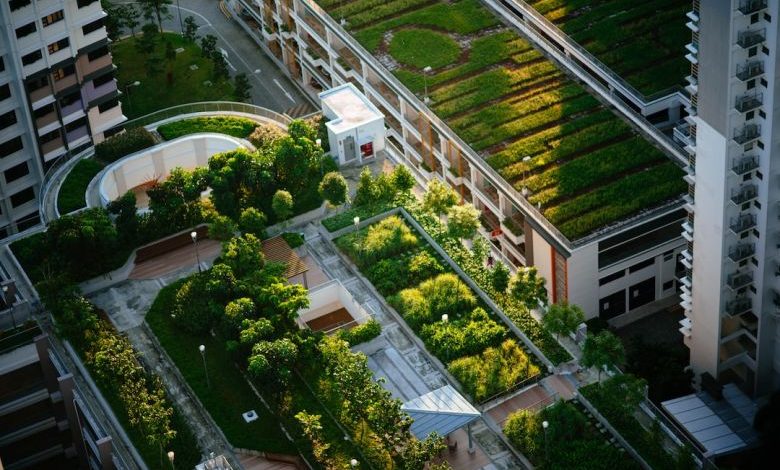What Are the Best Plants for a Roof Garden?

Roof gardens are becoming increasingly popular in urban areas, providing a green oasis in the midst of concrete jungles. Not only do they add aesthetic beauty to a building, but they also offer a range of environmental benefits, such as reducing heat absorption and improving air quality. If you are planning to create a roof garden, it is essential to choose the right plants that can thrive in this unique environment. In this article, we will explore some of the best plants for a roof garden.
Sedums: The Perfect Choice for Roof Gardens
Sedums are undoubtedly one of the best plant options for a roof garden. These versatile plants are hardy and drought-tolerant, making them ideal for the challenging conditions of a rooftop. Sedums come in a variety of shapes, sizes, and colors, ranging from vibrant greens to burgundy and even golden hues. They require minimal maintenance and can survive with little water, making them perfect for busy urban dwellers.
Ornamental Grasses: Adding Texture and Movement
To add texture and movement to your roof garden, consider incorporating ornamental grasses. These plants bring a sense of elegance and beauty to any space. Ornamental grasses are known for their graceful sway in the wind and their ability to create a soft, flowing effect. They are also low-maintenance and can withstand harsh weather conditions, making them an excellent choice for a rooftop garden.
Herbs: Flavor and Fragrance at Your Fingertips
If you have a passion for cooking or enjoy the aroma of fresh herbs, why not include them in your roof garden? Herbs such as basil, rosemary, thyme, and mint can thrive in rooftop environments. They not only provide you with a fresh supply of culinary ingredients but also release beautiful fragrances that can uplift your spirits. Utilizing vertical space by growing herbs in wall-mounted planters can be a practical and space-saving solution for a small roof garden.
Drought-Tolerant Succulents: Beauty in Simplicity
Succulents have gained popularity in recent years, and for a good reason. These eye-catching plants come in an array of shapes, sizes, and colors, creating a visually stunning roof garden. Succulents are known for their ability to store water in their leaves, allowing them to survive in arid conditions. This makes them an excellent choice for a rooftop garden, as they require minimal watering and maintenance.
Native Plants: Thriving in their Natural Habitat
Choosing native plants for your roof garden is a smart and sustainable choice. Native plants are adapted to the local climate and soil conditions, making them more likely to thrive in your rooftop environment. They also provide essential habitat and food for local wildlife, such as birds and butterflies. Additionally, native plants often require less water and maintenance, making them a practical and eco-friendly option for a roof garden.
Vertical Gardening: Maximizing Space
In a limited space like a rooftop, it is crucial to make the most of every square inch. Vertical gardening is an innovative solution that allows you to grow plants upwards, utilizing walls or trellises. Climbing plants such as ivy, jasmine, or clematis can be trained to grow vertically, adding a lush and green aesthetic to your roof garden. Vertical gardening also maximizes space, leaving more room for other plants and seating areas.
A Roof Garden to Call Your Own
Creating a roof garden is an exciting and rewarding project. By selecting the right plants, you can transform your rooftop into a flourishing oasis. Whether you opt for drought-tolerant sedums, graceful ornamental grasses, aromatic herbs, vibrant succulents, native plants, or vertical gardening, the choices are endless. Remember to consider the unique conditions of your rooftop and choose plants that can thrive in this environment. With proper care and maintenance, your roof garden will not only beautify your surroundings but also contribute to a more sustainable and greener urban landscape.




